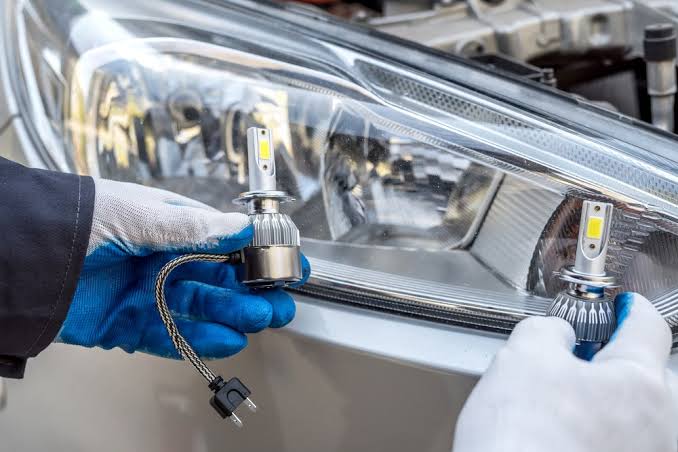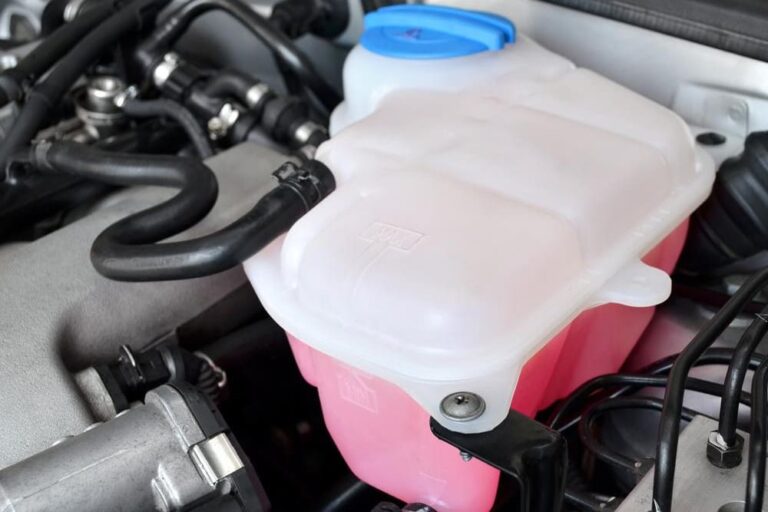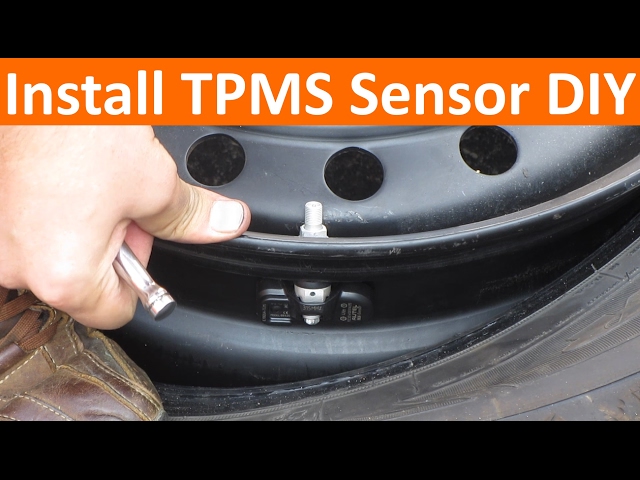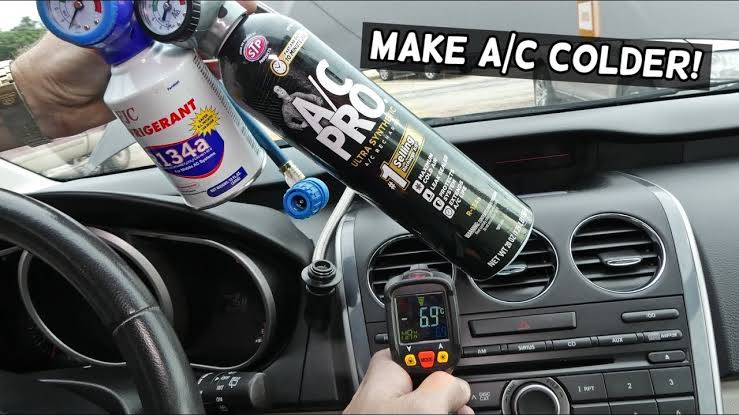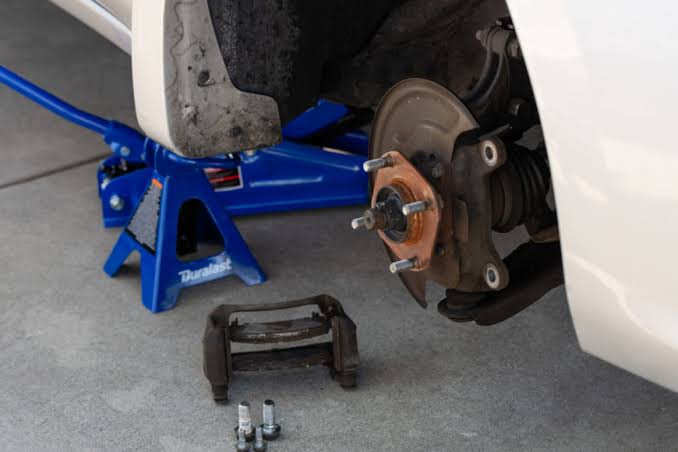Can Bad Ball Joints Cause Death Wobble?
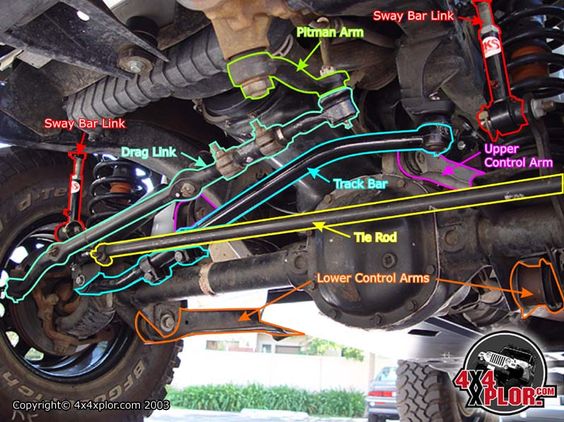
Death wobble is a term often used to describe a violent shaking or oscillation of a vehicle’s front end, typically at higher speeds. It’s a frightening experience that can feel like your vehicle is out of control, even though you haven’t touched the steering wheel. One of the potential causes of this unsettling phenomenon is bad ball joints. But can bad ball joints actually trigger death wobble? Let’s explore the relationship between the two and what you can do to prevent this dangerous condition.
What Are Ball Joints?
Ball joints are essential components of your vehicle’s suspension system. They connect the steering knuckles to the control arms, allowing the wheels to move up and down while the vehicle drives, ensuring the steering and suspension systems function together. Ball joints essentially act as pivots for the steering system, allowing for smooth and controlled movement while turning or driving over bumps.
There are two types of ball joints:
- Upper Ball Joints: These are located at the top of the suspension and help control the wheel’s up and down movement.
- Lower Ball Joints: Located at the bottom, these ball joints manage the steering and suspension system’s movement on the road.
Since ball joints are integral to both steering and suspension, their condition directly affects the vehicle’s handling and stability.
What is Death Wobble?
Death wobble is an intense and violent shaking of the vehicle’s front end, usually occurring at speeds of 45-60 mph or higher. This typically happens when there’s a problem with the steering, suspension, or alignment system. Death wobble often causes the steering wheel to shake uncontrollably, making it difficult to regain control of the vehicle. Although death wobble is most commonly associated with lifted trucks or off-road vehicles, it can affect any vehicle with worn suspension components.
The primary cause of death wobble is often a combination of worn-out components, like the steering stabilizer, track bar, or ball joints, that allow excessive movement in the front end of the vehicle. When these parts wear out, they can cause instability, leading to the intense shaking known as death wobble.
Can Bad Ball Joints Cause Death Wobble?
Yes, bad ball joints can cause death wobble. When ball joints become worn, they can affect the alignment and movement of the front wheels. This results in loose or unstable steering, causing your vehicle to shake at higher speeds. Here’s how bad ball joints contribute to death wobble:
1. Increased Steering Play
When the ball joints wear out, they can develop play or slack, meaning there is excessive movement between the wheel and steering components. This leads to inconsistent and unstable steering. At high speeds, this instability can trigger the oscillations or shaking associated with death wobble.
2. Misalignment
Worn ball joints can lead to improper alignment of the suspension components. When the wheels are not properly aligned, it can cause them to behave erratically while driving, particularly at higher speeds. Misalignment can create a feedback loop that worsens the shaking, eventually leading to death wobble.
3. Instability in the Suspension System
Ball joints are critical for keeping the suspension system connected and functioning correctly. If the ball joints are worn or damaged, they can create play in the suspension system, causing unwanted movement in the vehicle’s front end. This instability, combined with other worn components, can lead to death wobble.
4. Excessive Vibration
A bad ball joint can introduce excessive vibration into the vehicle’s steering and suspension systems. These vibrations, if not properly dampened, can eventually lead to the kind of instability that causes death wobble.
Other Common Causes of Death Wobble
While bad ball joints can certainly contribute to death wobble, there are other components that may also be at fault. Often, it’s a combination of issues that causes this dangerous shaking. Some other common culprits include:
1. Worn Track Bar or Track Bar Bushings
The track bar keeps the axle centered under the vehicle. If the track bar or its bushings are worn, it can cause the axle to shift position and create instability, contributing to death wobble.
2. Loose or Worn Steering Stabilizer
A steering stabilizer absorbs vibrations in the steering system. If it’s worn or damaged, the vehicle may not be able to dampen vibrations effectively, contributing to death wobble.
3. Worn Tie Rods or Steering Linkage
Tie rods connect the steering wheel to the wheels, and worn tie rods can cause loose or erratic steering. This can exacerbate death wobble symptoms, especially when combined with other suspension issues.
4. Damaged or Worn Tires
Unbalanced or worn tires can cause vibrations, and in combination with other suspension issues, this can lead to death wobble.
5. Improper Wheel Alignment
If your wheels aren’t properly aligned, they can cause uneven tire wear and unstable steering, which can contribute to death wobble, especially at higher speeds.
Symptoms of Bad Ball Joints
Before death wobble occurs, there are several symptoms that can indicate bad ball joints. Here’s what to watch for:
- Clunking or Popping Noises: A worn ball joint can produce audible sounds when turning or driving over bumps.
- Steering Issues: If you experience loose or inconsistent steering, it may be due to worn ball joints that are allowing too much play in the suspension system.
- Uneven Tire Wear: Bad ball joints can cause uneven tire wear, especially on the inside or outside of the tire.
- Shaking or Vibrations: Mild vibrations or shaking in the steering wheel when driving could be an early sign of worn ball joints that could eventually lead to death wobble.
- Rough Handling: If the vehicle feels “loose” or unstable, especially when going over bumps or making turns, the ball joints may be worn out.
How to Prevent Death Wobble from Bad Ball Joints
To avoid death wobble caused by bad ball joints, regular inspection and maintenance of your vehicle’s suspension system are essential. Here’s how you can prevent issues with your ball joints:
1. Regular Inspections
Inspect your vehicle’s suspension components, including the ball joints, on a regular basis, especially if you notice any symptoms of instability or handling issues. If you’re unsure how to check the condition of your ball joints, have a professional mechanic do it during routine maintenance.
2. Replace Worn Components
If your ball joints are worn or damaged, have them replaced promptly. It’s always best to address suspension issues early to avoid more severe problems down the road, including death wobble.
3. Check Alignment and Tires
Regularly check your vehicle’s alignment and ensure that your tires are balanced and in good condition. Misalignment or uneven tire wear can exacerbate issues with worn ball joints.
4. Replace Other Susceptible Components
If you suspect the ball joints are contributing to death wobble, also check other components like the track bar, tie rods, and steering stabilizer for wear. Replacing these components can prevent the wobble from returning.
Conclusion
In conclusion, bad ball joints can indeed cause death wobble. Their role in the suspension system and steering mechanism means that when they become worn or damaged, they can lead to instability in the front end of the vehicle. This can trigger the violent shaking associated with death wobble, which can be both dangerous and alarming. If you experience any symptoms of bad ball joints or death wobble, it’s crucial to get your vehicle inspected and repaired by a qualified mechanic. Prompt action can help keep you safe and restore your vehicle’s stability.
